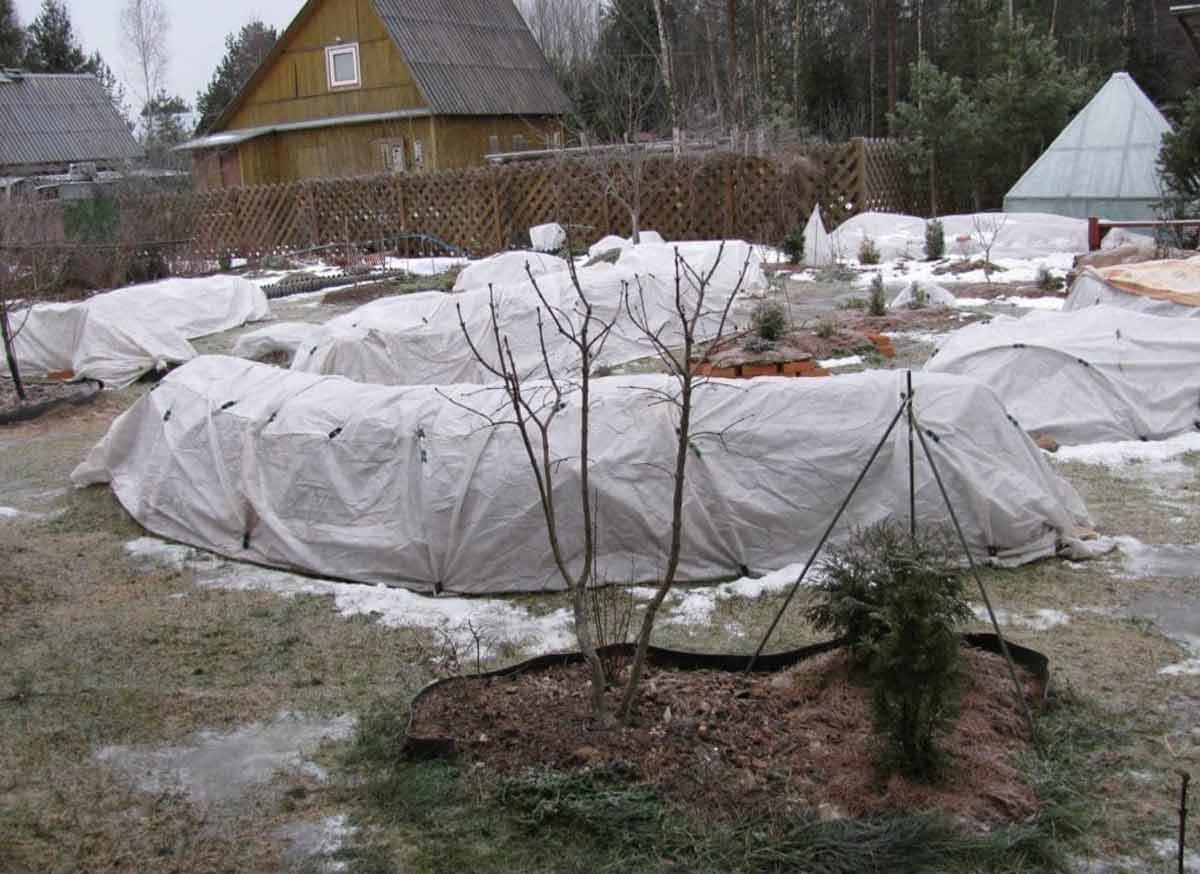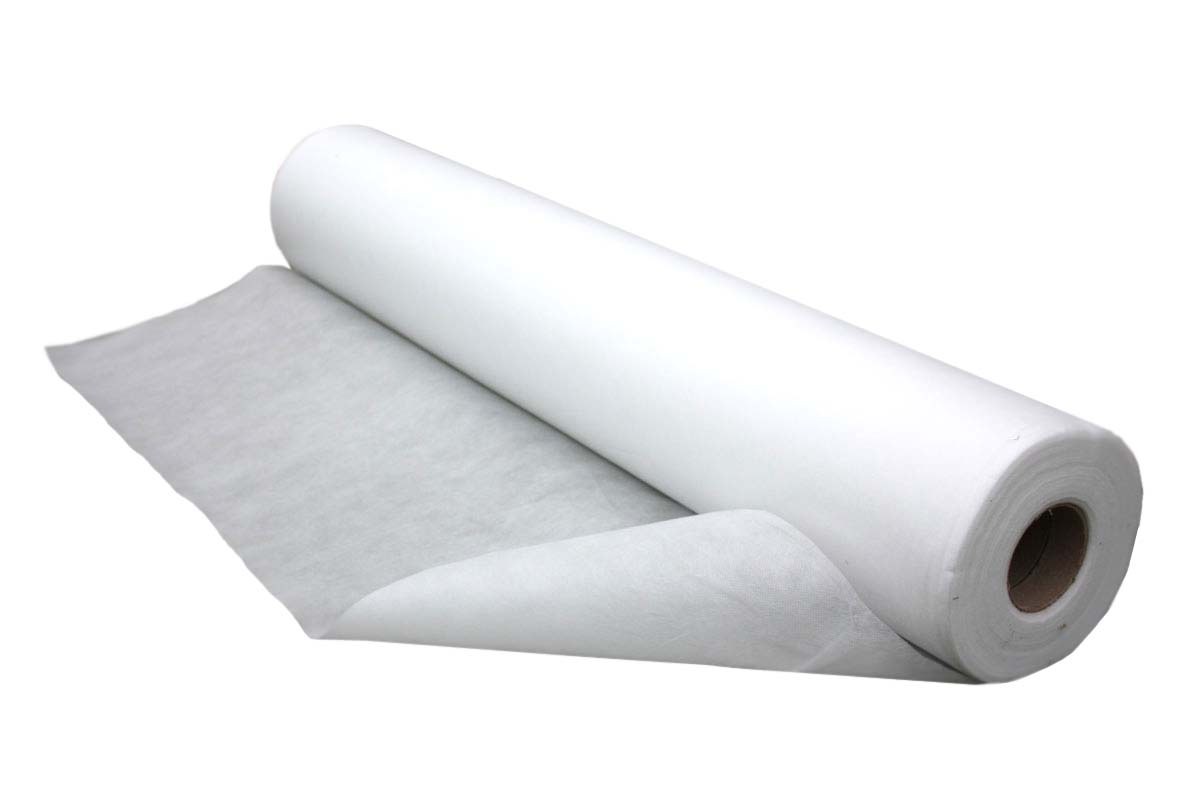How to cover roses for the winter in the garden to save
Content:
Rose is a favorite of gardeners. Today there are almost 30,000 varieties of this plant. Breeders do not stop in their experiments to improve and diversify the characteristics of the popular flower. One of the goals of scientists is to increase the winter hardiness of the rose so that it can be grown in garden plots without unnecessary hassle. However, for the sake of their favorite thermophilic varieties, flower growers are ready to make efforts, sheltering them for the winter in order to save them from frost.
What roses need to be covered for the winter
There are varieties of roses that are particularly sensitive to cold weather. During wintering, they need mandatory protection. These thermophilic varieties include:
- climbing;
- tea-hybrid;
- floribunda;
- bush;
- part of the ground cover.
Bourbon roses, a hybrid of Gallica, Mundi and Fritz Nobic roses and others will not be able to survive winters without a solid shelter. When grown in northern latitudes, it is recommended to bring them indoors.
To free yourself from the hassle associated with sheltering bushes, it is recommended to choose frost-resistant varieties for growing:
- park (Pink Grothendorst, Ritausma, Konrad, Hansa, etc.);
- Canadian roses;
- hybrids Rugosa, Spinozissima and Alba;
- rose hips (Nitida, Glauka, wrinkled, etc.).
The leaders in winter hardiness that can withstand frosts up to 40 ° C without shelter include the Canadian rose William Baffin, varieties of the rugosa hybrid Blanc double de Coober, Charles Albanel, Snow Pavel and the Queen of the North; roses Minette (hybrid Alba) and Poppius (hybrid Spinosissima), etc.
Wintering conditions for thermophilic roses
In order for thermophilic roses to survive the winter, favorable conditions must be created for them: hilling and providing shelter.
Hilling is carried out to retain heat around the bushes, to protect the roots from freezing and drying out. The process begins when the temperature drops below 0 ° C on a clear dry day. For the procedure, a dry mixture of earth, sand and peat is used. It is sprinkled with the center of the bush with a 25-30 cm layer. When hilling, you should not rake the soil from the root zone, exposing the roots.
In areas where winter thaws occur, hilling should be applied with caution: during warming, the soil mixture can contribute to the drying out of bushes and the appearance of cracks when frost occurs.
For protection from wind and frost for the winter, the plants are covered with various materials or special structures are assembled. One of the important requirements for choosing a shelter is breathable material that provides air circulation.
Snow is a good natural insulation, which can be thrown over the shelter during the winter.
How to cover roses to preserve them in winter
The choice of how to cover roses for the winter depends on the plant variety, as well as the region.
Air dry shelter
This method is the construction of a frame on which the insulation is pulled. For the construction of the frame, use:
- metal mesh;
- plywood;
- boards;
- fittings;
- metal arcs and other durable fixtures.
The air between the layers of insulation will create the required temperature. The colder the winters in the region, the more layers the roses should be covered.
Air-dry shelter is created mainly in the middle lane and in the northern regions, because creates reliable protection from winds and severe frosts. With the help of a frame made of arches, roses are covered, which can be bent to the ground, or undersized varieties. For tall bushes, it is advisable to prepare wigwam-type frames.
Shelter technology:
- The frame is installed based on the height and width of the bushes. Shoots should not touch metal or wood.
- Spruce or pine branches are laid around the shoots. Dry, rarely rotting leaves such as oak or fern can be used.
- A material, for example, agrofibre, is pulled over the structure, and it is attached to the ground with boards, stones or bricks.
In the spring, the shelter is removed gradually so that the plant does not experience stress: first, one side is opened, after a while - the rest. After several days have passed, the spruce branches are removed.
Warming with spruce branches
This method is not suitable for preparing roses for the harsh northern winters, since it does not provide sufficient insulation. However, it will help to transfer frosts to heat-loving varieties in the south of Russia, and frost-resistant varieties in most other climatic zones.
Step-by-step instructions on how to prepare a shelter for roses from spruce branches:
- Remove foliage from the shoots.
- The lower part of the plant is treated with copper sulfate or Bordeaux liquid.
- A 15-centimeter layer of sand is poured onto the ground.
- After a while - when the temperature is below 0 ° C - pine or spruce branches are laid on top. They are able not only to insulate the roots, but also to protect them from rodents.
The spruce tree shelter is suitable for roses of such varieties as floribunda, ground cover, park, etc.
Use of agrofibre, spunbond and geotextile
Spunbond, geotextile and agrofibre are popular materials used in the formation of hiding places for roses in the garden and in the country. They are breathable, protect well from frost and prevent condensation.
Application methods:
- as part of an air-dry shelter - pulled over the frame;
- as an independent insulation - bushes, for example, climbing and standard roses, are wrapped with material.
Spunbond
When deciding how to prepare roses for wintering in order to preserve the bushes, many stop at covering with spunbond. This non-woven material is an obstacle for insects and rodents, allows roses to breathe, saves in the spring from the scorching sun. The advantages include wear resistance (it is used many times) and low price.
A variety of spunbond is agrofiber. In its manufacture, a special substance is added that provides resistance to ultraviolet light. Agrofibre is intended only for agriculture. Unlike a regular spanbond that lasts 2-3 years, it can be used for up to 10 years.
Geotextile
Geotextiles were originally developed for use in the construction industry. The material has the same advantages as spunbond. The main difference between them is density: the first has 18-120 g / sq m, the second has 100-800 g / sq m. Geotextiles are stronger and have a longer service life - up to 50 years, while spunbond lasts up to 3 x.
When choosing how to cover roses, you should take into account the growing region:
- for the middle strip, a density of 60 g / sq m will be sufficient (spunbond is suitable);
- for the northern part of Russia with severe winters, geotextiles with a density of 170 g / sq m (or two layers of spunbond) are needed.
It should be borne in mind that spunbond with a short service life can be sold in stores under the guise of geotextiles.
Cardboard boxes are controversial insulation because they are prone to getting wet and icy. Hay and straw attract rodents, and plastic buckets lack ventilation.
When is it time to cover the roses
The first half of November is considered the optimal period for shelter in the middle lane. In the northern part of the country, the procedure begins at the end of October. In southern Russia, even thermophilic varieties can stand unprotected until the end of December.
Bushes protection measures are carried out before snow falls, when the temperature drops to 0 ° C and stays in the range from 0 to -5 ° C for a week. In this case, a centimeter layer of earth on the surface should freeze and not thaw during the day. The weather forecast should be consulted to rule out warming.
Light first frosts down to –5 ° C help to harden flowers and prepare them for winter and gradually bring them to a dormant state.
Which is better to bend or trim the roses in front of the shelter
Taking proper care of your roses in preparation for winter includes pruning and bending down. However, in some cases, both conditions are not required.
Pruning
The need for the procedure depends on the type of plant. Climbing varieties do not need pruning. Only damaged parts are removed from them.
Regarding park roses, it is impossible to answer unequivocally: some gardeners avoid cutting. In their opinion, uncut bushes tolerate frost better, do not form young shoots in autumn and bloom earlier in spring. However, most rose lovers are inclined to believe that for successful wintering it is necessary to reduce the ground part of the plant. Pruning is also a prevention of the occurrence of decay processes.
For standard rose varieties, preparation for winter includes pruning: the height of the bushes can reach 2 meters in length, which will make it difficult to form a shelter if they are not shortened. The same goes for some types of hybrid tea roses.
Cut them in half before preparing a shelter for roses such as floribunda, hybrid tea, miniature and polyanthus.
Bending down
When preparing flowers for winter, experts recommend bending them to the ground. In order not to damage the stems, you must follow the rules:
- Bend down carefully.
- The procedure should be carried out before frost, so that the shoots do not have time to harden.
- For better placement, you can dig in the root, which will provide more mobility of the stem.
- Use staples to secure the stems; you can tie the bush with a rope, fixing the end on a peg inserted into the ground.
- For tying the shoots, choose an artificial material, for example, polypropylene twine, which does not lend itself to decay.
- Lay the stems on spruce branches, boards or other material previously placed on the ground, which will serve as an insulating layer.
- Bend down the climbing varieties for a month: put the stems on the supports and gradually lower them to the ground with them. This avoids breaking.
However, you should refrain from bending some varieties. Due to the hardness of the shoots, they can be damaged.Such roses include, for example, standard roses.
The rose is called the queen of flowers, and often requires royal treatment. Despite the efforts of breeders to improve the winter hardiness of plants, many heat-loving beauties need to provide protection from the cold. The shelter of the rose bushes makes it possible to preserve the flowers until spring and admire them for many years.




















